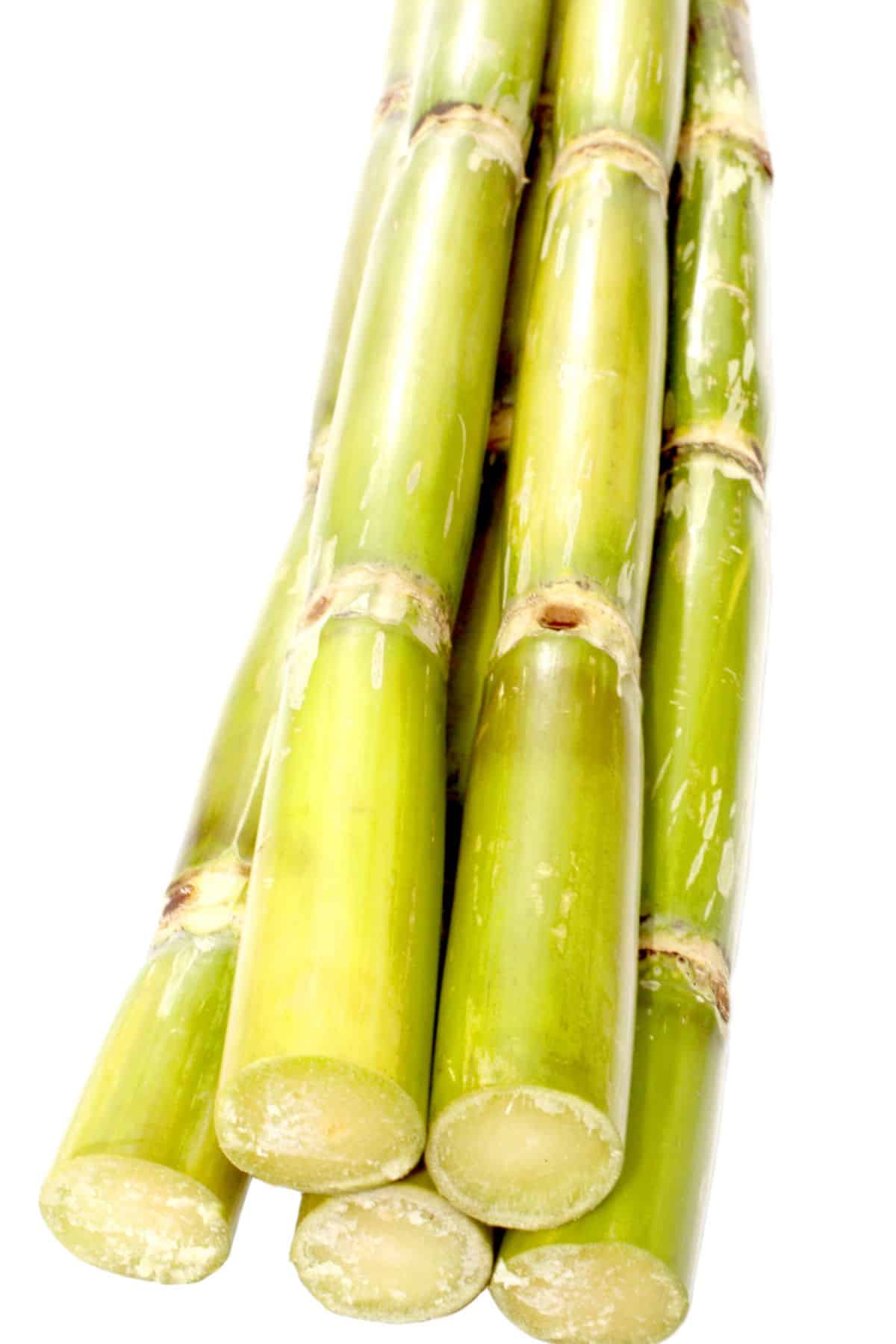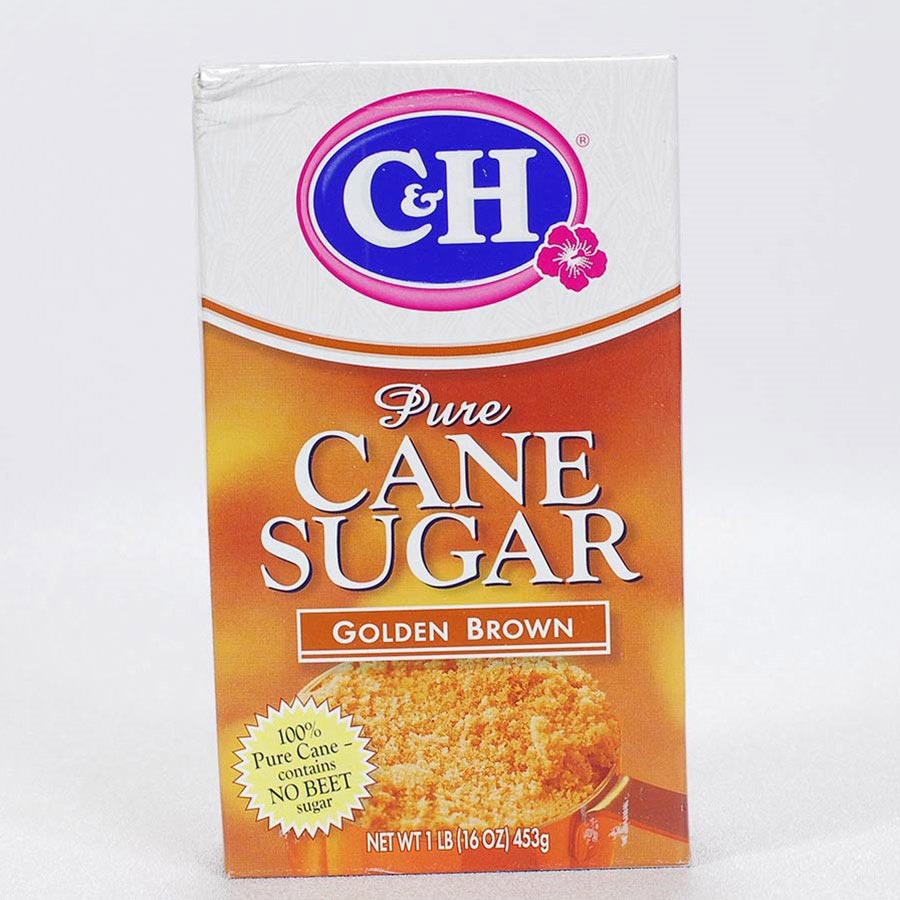Comprehending Cane Sugar Processing: A Comprehensive Summary of the Stages
Comprehending Cane Sugar Processing: A Comprehensive Summary of the Stages
Blog Article
Exploring the Comprehensive Steps Entailed in Walking Cane Sugar Processing From Collecting to Improvement
The procedure of walking cane sugar production incorporates a collection of intricate steps, beginning with the mindful harvesting of sugarcane and culminating in the improvement phases that guarantee the final item satisfies sector criteria. Each phase, from the extraction of juice to the filtration and formation procedures, plays a critical duty in figuring out the high quality and personality of the sugar.
Harvesting Sugarcane
Harvesting sugarcane is a vital action in the walking stick sugar processing chain, as it directly influences the high quality and yield of the final item. Correct timing and techniques are crucial throughout this stage to make certain ideal sugar content and minimize losses. Normally, sugarcane is harvested when it gets to maturity, normally 12 to 18 months after growing, identified by a high sucrose concentration.

Post-harvest, the sugarcane should be refined quickly to stop sucrose deterioration. Ideally, harvested walking stick must be delivered to processing centers within 1 day to maintain sugar top quality. Consequently, efficient logistical planning is essential to keep the honesty of the harvested crop throughout the supply chain.
Extraction Process

The crushed walking cane is subjected to a collection of pushing operations to make best use of juice recovery. Commonly, hot water is sprayed onto the crushed cane, creating a countercurrent circulation that assists dissolve the sugar while also helping in the removal process. The juice accumulated from this operation consists of not just sugar but also different natural substances and impurities.

To boost removal efficiency, some centers might utilize diffusion techniques, where the sugarcane is soaked in warm water, permitting the soluble sugars to diffuse right into the fluid. The resulting juice, abundant in sucrose, is then guided to succeeding handling phases, laying the foundation for filtration and improvement. The extraction procedure is therefore crucial in establishing the high quality and yield of the final sugar item.
Filtration Strategies
The purification techniques used in walking cane sugar handling are crucial for changing the raw juice into a high-quality sugar product. These methods mostly aim to get rid of contaminations, such as soil, plant materials, and inorganic materials, which can negatively influence the end product's flavor and shade.
Among the most common purification methods is clarification. This procedure entails adding lime and heat to the raw juice, which assists in the coagulation of pollutants. The resulting precipitate is after that removed with sedimentation or purification, yielding a clearer juice. In addition, the use of phosphoric acid can improve the clarification procedure by additional binding contaminations.
Another substantial method is carbonatation, where carbon dioxide is presented to the made clear juice. This response produces calcium carbonate, which captures continuing to be pollutants and advertises their elimination.
Additionally, triggered carbon treatment might be related to adsorb any staying colorants and natural contaminations, ensuring a more polished product. The combination of these approaches efficiently prepares the sugar juice for succeeding steps in the refining process, setting the phase for the production of top quality walking cane sugar.
Condensation Techniques
After the filtration phase, the next vital action in cane sugar processing entails formation techniques, which play a critical duty in transforming the made clear juice into strong sugar. This process usually uses two primary approaches: spontaneous crystallization and regulated condensation.
In spontaneous condensation, supersaturated sugar options are permitted to cool down naturally, bring about the formation of sugar crystals over time. This approach is easier yet may cause uneven crystal dimensions and lower pureness levels. On the other hand, managed condensation is a more precise method where concentration, seeding, and temperature agents are thoroughly handled. This technique permits for the consistent growth of sugar crystals and greater pureness.
Throughout formation, the clarified juice is concentrated via evaporation, raising its sugar web content up until it gets to supersaturation. As soon as this point is achieved, either approach can facilitate the condensation procedure. Cane Sugar Processing. The resultant sugar crystals are then divided from the continuing to be syrup via centrifugation
Ultimately, the choice of condensation technique affects the quality, size, and pureness of the internet last sugar product, making this step vital in the overall walking cane sugar processing procedure.
Improvement and Packaging
Exactly how can the pureness and high quality of walking cane sugar be even more boosted after formation? The refinement procedure plays a vital duty in attaining high-quality cane sugar. Complying with condensation, sugar undertakes a thorough washing to eliminate pollutants and recurring molasses. This is generally completed making their website use of cozy water or steam, which aids dissolve and remove undesirable aspects while protecting the sugar crystals.
Following, the sugar goes through a process called centrifugation, where it is spun at high rates to separate the cleansed sugar crystals from the remaining liquid. After centrifugation, the sugar is usually additional fine-tuned through a technique called carbonization or phosphatation, which utilizes activated carbon or phosphoric acid to get rid of shade and off-flavors.
As soon as fine-tuned, the sugar is dried out to accomplish the desired wetness material, making sure that it remains stable throughout storage and transportation. The last action entails packaging the refined sugar in moisture-proof and airtight containers to maintain its top quality and stop contamination. Cane Sugar Processing. Appropriate packaging not only prolongs service life yet also promotes very easy handling and distribution, making certain that customers obtain sugar that meets the greatest standards of purity and top quality
Conclusion
The detailed steps included in walking cane sugar processing, from the precise harvesting of sugarcane to the elaborate refinement and packaging phases, underscore the relevance of each stage in guaranteeing premium sugar manufacturing. Optimum harvesting techniques, reliable removal approaches, and extensive filtration processes collectively add to the end product's purity and security. The crystallization and succeeding product packaging techniques additionally boost the stability and service life of the sugar, highlighting the intricacy and precision integral in this essential agricultural market.
The process of cane sugar production incorporates a series of intricate actions, beginning with the careful harvesting of sugarcane and culminating in the improvement phases that look at this site make certain the last item fulfills industry criteria. Ideally, collected cane ought to be moved to processing facilities within 24 hours to preserve sugar quality.In spontaneous condensation, supersaturated sugar remedies are enabled to cool naturally, leading to the development of sugar crystals over time - Cane Sugar Processing. The refinement process plays a critical role in attaining top quality cane sugar.The detailed actions included in walking stick sugar processing, from the careful harvesting of sugarcane to the intricate refinement and product packaging stages, emphasize the relevance of each stage in ensuring top notch sugar manufacturing
Report this page